Intergovernmental Programme
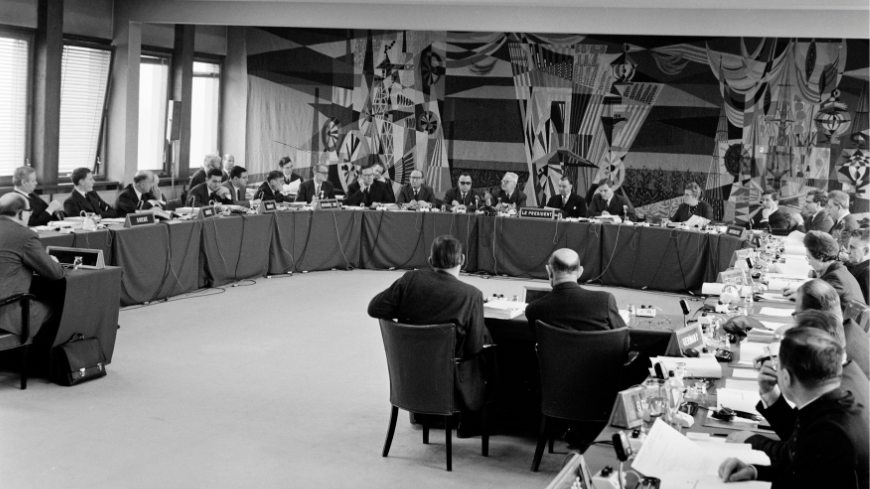
1962 - setting up of a Council for Cultural Co-operation (CCC) - the body which set in motion and managed the work of the Council of Europe in the field of education and culture; its tasks were defined by the European Cultural Convention
The intergovernmental programme on history education
Over 70 years of activities related to history education at the Council of Europe reflect the desire of the member states to build Europe on the basis of the shared values of human rights, democracy and the rule of law. Whilst intergovernmental co-operation on history teaching emerged in the Council of Europe as soon as 1953, it was with Recommendation 1283 (1996) of the Parliamentary Assembly of the Council of Europe on "History and the learning of history in Europe" that intergovernmental projects with specific missions and objectives were effectively launched.
Educating for diversity and democracy: teaching history in contemporary Europe - Phase 2 (2022 - 2024)
Since 2022, intergovernmental co-operation has continued with a sixth intergovernmental project, which is viewed as a second phase of the preceding project “Educating for diversity and democracy: teaching history in contemporary Europe”. Its mission is to promote quality history education in order to enhance the understanding of democratic culture through the development of a draft recommendation on history teaching in the 21st century, focusing on:
- Quality history education in the 21st century - Principles and guidelines for establishing democratic, diverse and inclusive history curricula and pedagogy;
- integration of Competences for democratic culture (CDC) in history in assessment practices and the professional continuing development of teachers;
- valuing of non-formal education in history teaching, such as visits to places of remembrance, for example.
Forums organised under the current intergovernmental project bring together public authorities, teachers, researchers, learners and civil society representatives to think about the role of public authorities in the themes discussed. Forums organised under the current phase:
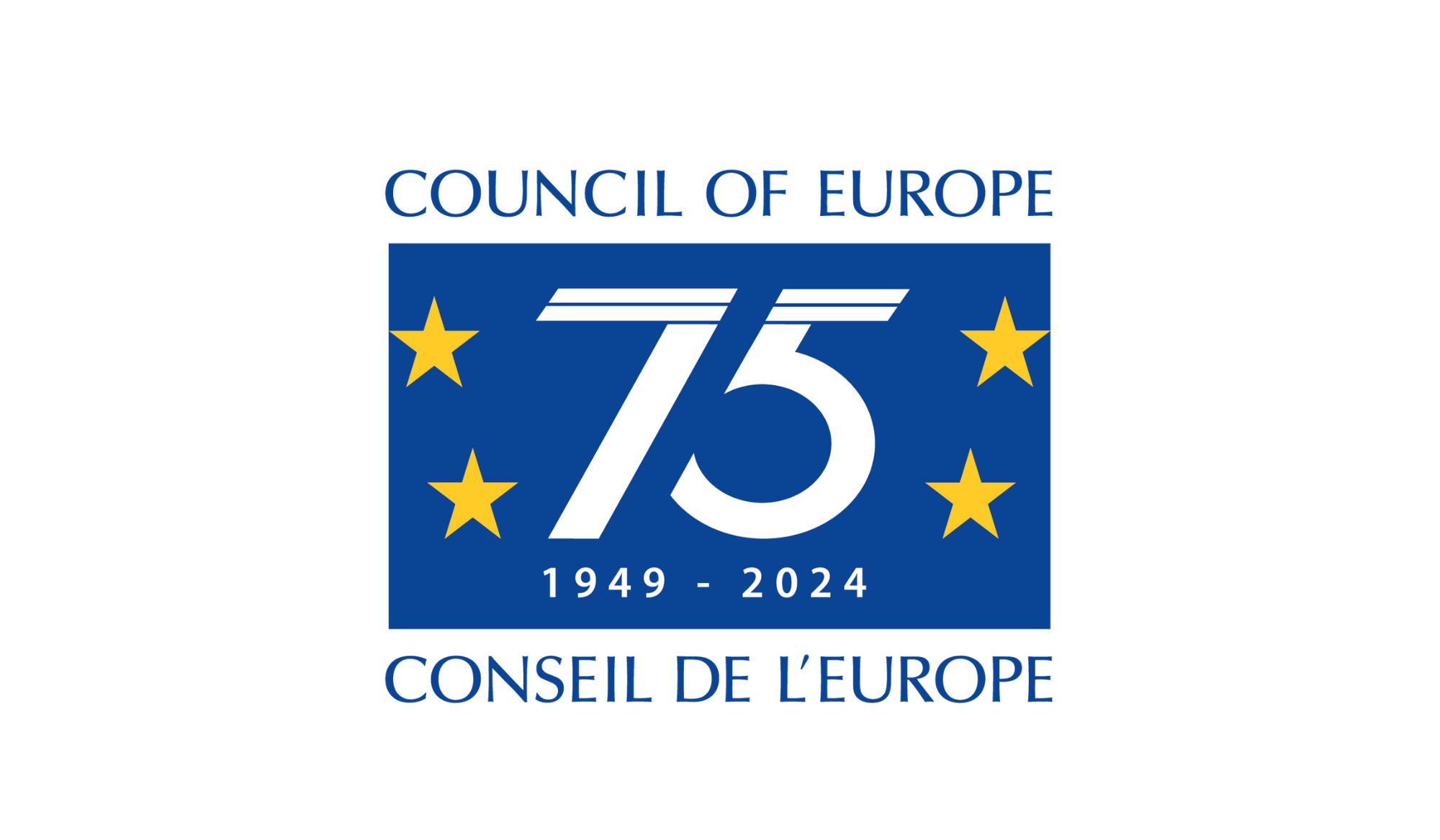 |
2022 - “Sites of Memories: Learning spaces for democracy” | Report | |
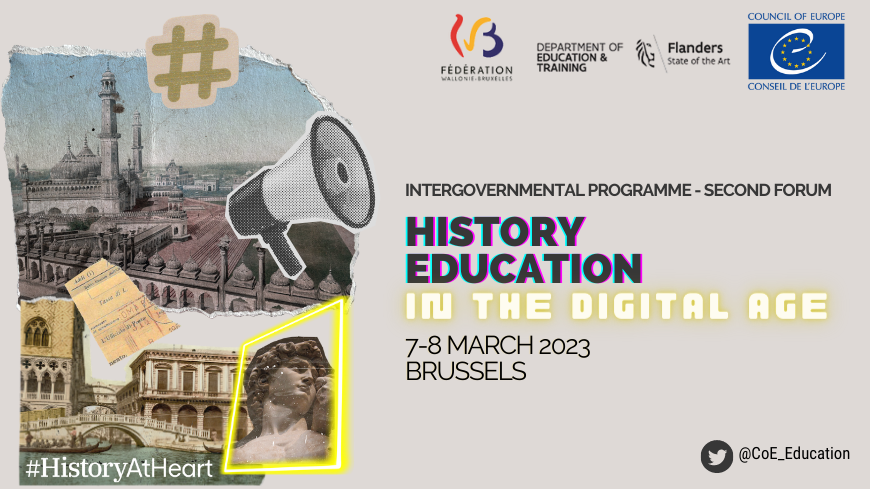 |
2023 - “History Education in the Digital Age” | ||
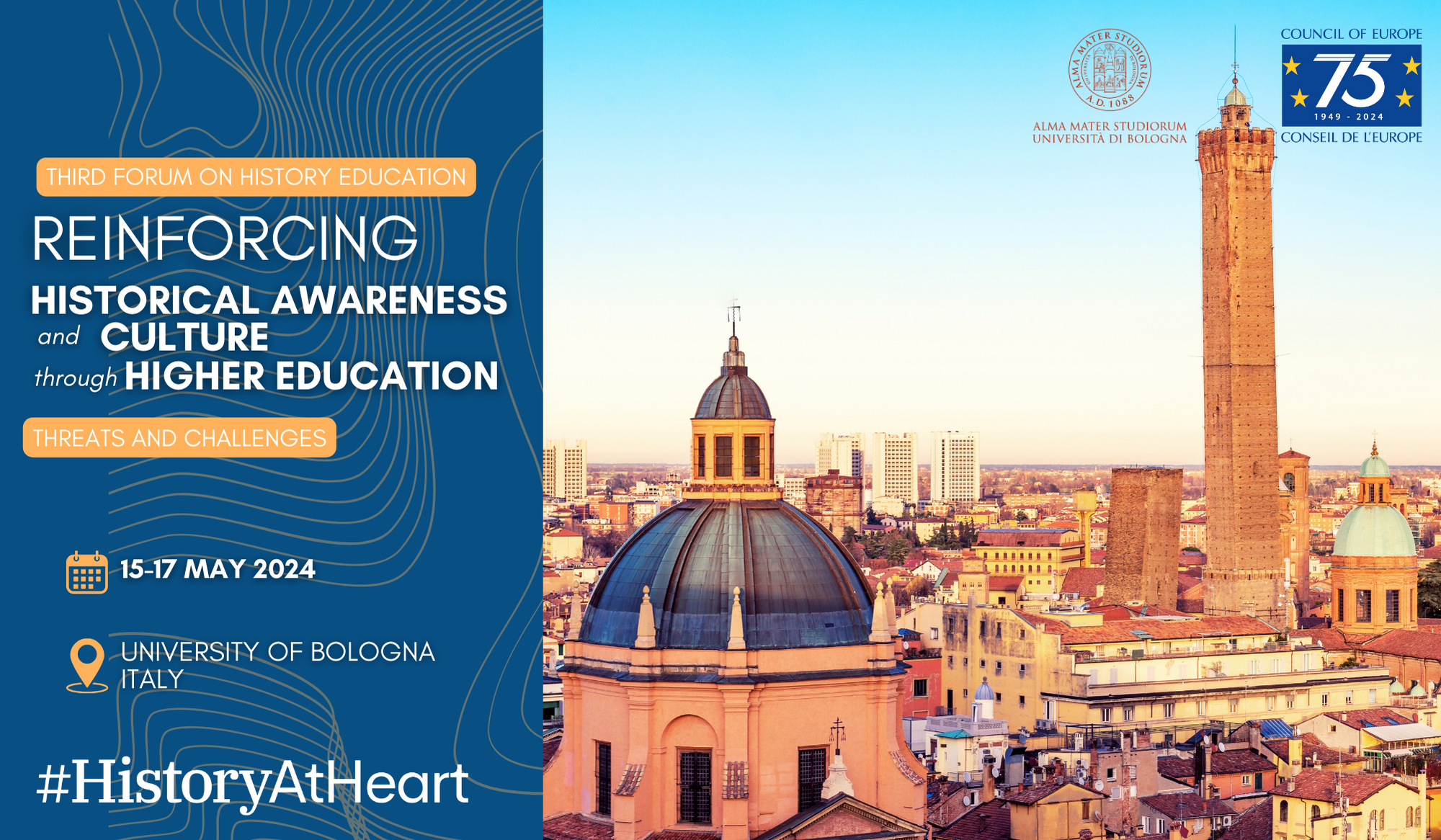 |
2024 - "Reinforcing historical awareness and culture through higher education" |
Educating for diversity and democracy: teaching history in contemporary Europe - Phase 1 (2014 - 2018)
The fifth intergovernmental project on “Educating for diversity and democracy: teaching history in contemporary Europe” focused on what makes for quality in history teaching and learning in the diverse educational context of the 21st century, taking account of the Council of Europe’s achievements in the history teaching sphere and referring to its Reference Framework of Competences for Democratic Culture.
The project aimed at responding directly to the main challenges in history teaching at the time, with a view to developing policy recommendations on how to teach history for strengthening diverse inclusive democratic societies.
The overall objective of the project was to enhance the expertise and capability required of policy makers in member states in addressing the major cultural and political challenges facing history education in Europe.
A series of seminars were organised around three themes:
- History education’s contribution to building diverse, inclusive societies
- Developing critical historical thinking in the digital age
- Dealing with sensitive issues: the affective engagement of young people in the teaching and learning of history
In 2018, the project published “Quality history education in the 21st century - Principles and guidelines”, which directly confronted the current main challenges with a view to making political recommendations on ways of teaching history to strengthen diverse and inclusive democracies.
Shared histories for a Europe without dividing lines (2010 - 2014)
The aim of the fourth intergovernmental project “Shared histories without divising lines” was to highlight the shared histories deriving from interaction, exchanges, encounters and historical convergence, in accordance with Recommendation (2011)6 of the Committee of Ministers on intercultural dialogue and the image of the other in history teaching.
Launched in 2010 and completed in 2014, in keeping with Recommendation 1880 (2009) the project sought to highlight, from the angle both of post-conflict reconciliation and conflict prevention, the positive interactions and common or shared elements of European history and its links with other regions of the world, particularly the Mediterranean. Accordingly, this project paid special attention to the recommendations of the White Paper on Intercultural Dialogue “Living Together as Equals in Dignity”.
The project assembled a series of exemplary teaching and learning materials, intended mainly for teacher training, but which could be used with pupils of different age groups. It explored common ideas in a world of differences and acknowledged that all experiences, including conflicts, were shared. The approach made it possible to break down stereotypes, identity myths and negative views of “others” and had potential therefore to result in intercultural dialogue and the transformation of conflicts. Shared histories investigated the idea that “your” history is also ours and, in the same way, “our” history is also that of others – it is “shared” which does not mean “identical”.
The themes chosen were as follows:
- the impact of the Industrial Revolution
- the development of education
- Human Rights as reflected in the history of art
- Europe and the world
For each theme, the carefully selected sub-topics provided important and interesting information to encourage readers to take an interest in history.

The main outcome of the project was the publication with the same title as the project, “Shared Histories for a Europe without Dividing Lines”, which was divided into 4 volumes covering the chosen themes.
The image of the other in history teaching (2006 - 2009)
Between 2006 and 2009, the Council of Europe carried out its third intergovernmental project on “The image of the other in history teaching”, whose main aims were to prepare general guidelines for history teaching in the context of intercultural dialogue, devise strategies to convert these into specific projects and make proposals for teacher training.
The project was centred on three main issues:
- history teaching in a multicultural society,
- history teaching and globalisation and
- history teaching in post-conflict situations.
Its target groups were national authorities and teaching organisations, teacher trainers, textbook authors, non-formal teaching organisations and the media.
To take its activities in this area forward, the Parliamentary Assembly of the Council of Europe adopted Recommendation 1880(2009) on history teaching in conflict and post-conflict areas which encouraged states to continue implementing the project. This gave rise to Recommendation (2011)6 of the Committee of Ministers on intercultural dialogue and the image of the other in history teaching.
The European dimension in history teaching (2002 - 2006)
Using Recommendation (2001)15 as a reference point, the goal was to help teachers to implement its principles, particularly multiperspectivity. Accordingly, in 2002, the Steering Committee for Education launched a second intergovernmental project aimed at enriching national approaches by placing emphasis on “the European dimension in history teaching”.
Educational tools were developed for secondary school pupils and for teachers and trainers wishing to include multiple outlooks in their teaching practices.
The two major publications produced in this connection were:

“Multiperspectivity in Teaching and Learning History: A Guide for Teachers” which forms an essential basis for all teacher training seminars on the subject, available in 18 languages.
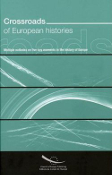
“Crossroads of European Histories - Multiple Outlooks on Five Key Moments in the History of Europe” which is a contribution to the implementation of a methodology based on “multiperspectivity”, enabling teachers to present many examples of various approaches in their teaching practices and differing viewpoints or ideas on the same events in Europe’s recent history.
Learning and teaching about the history of Europe in the 20th century (1997-2002)
From the mid 1990s onwards, it seemed increasingly necessary to intensify co-operation on history teaching so as to counter anti-democratic, racist and xenophobic trends.
In 1996, the Parliamentary Assembly adopted Recommendation 1283 on “History and the learning of history in Europe”, which argued in favour of critical thinking, a life of cultural diversity and measures to combat stereotypes and racism. It also called for history curricula which covered all aspects of society including social, cultural and political history, women’s history, local history and the history of minorities. It recommended combining various history learning materials such as textbooks, television, talks, museum visits and information technology.
The recommendation became the basis for the first intergovernmental project on “Learning and teaching about the history of Europe in the 20th century” (1997-2002), launched in May 1997.
The project, adopted an interdisciplinary and pan-European approach, which stressed the importance of social, scientific, cultural and oral history, amongst others. Similarly, it encouraged history teaching methods using a wide range of sources and topics, such as the new technologies, cinema, women's history, archives and museums, and developed the concept of "remembrance" as vital to the prevention of crimes against humanity.
Its aim was to produce innovative teaching resources for secondary schools to help teachers and pupils address key historical questions, such as:
- “The changing face of Europe – population flows in the 20th century”: the reasons for individual and collective migration and the cultural and social exchanges to which it gave rise
- “Towards a pluralist and tolerant approach to teaching history: a range of sources and new didactics”
- “The European home: representations of 20th century Europe in history textbooks”, in co‑operation with the Georg Eckert Institute
- “The structures and standards of initial training for history teachers in thirteen member states of the Council of Europe”, a comparative study
- “Europe on-screen - Cinema and the teaching of history”, a series of resources comprising fact sheets on 50 films illustrating 4 themes – nationalism, women, immigration and human rights. This teaching tool is proposed in the context of the use of cinema for historical purposes under all political regimes and how important it is for young people to develop critical thinking.



